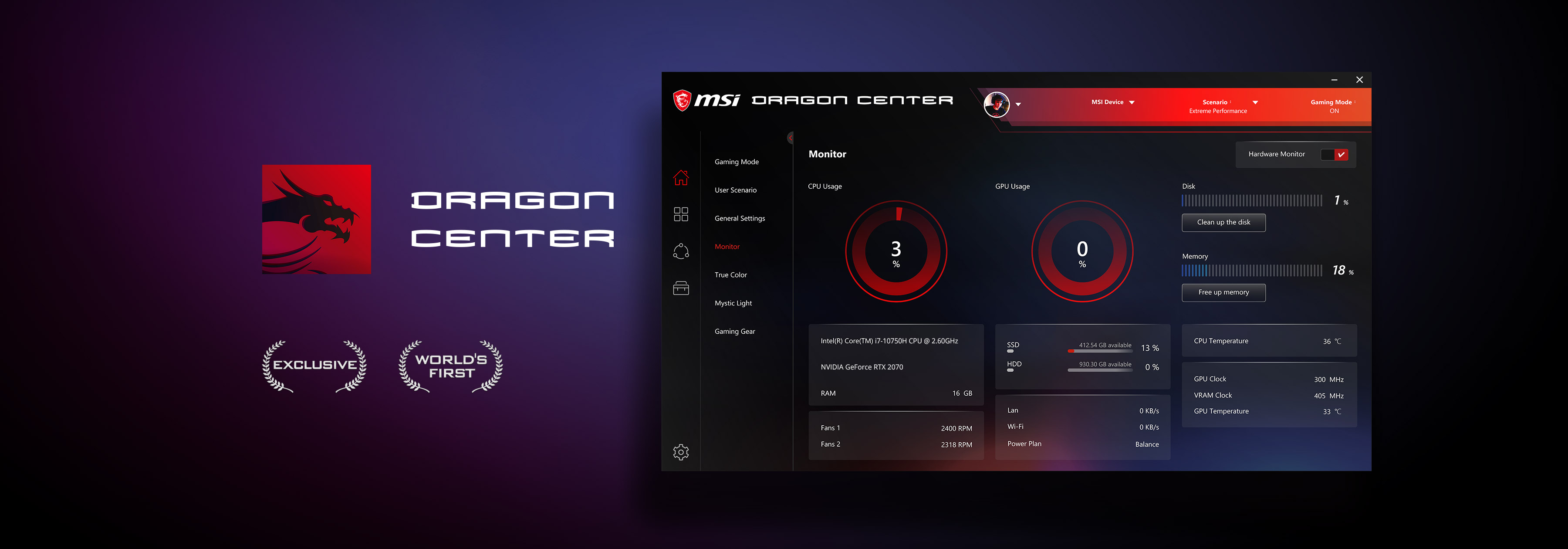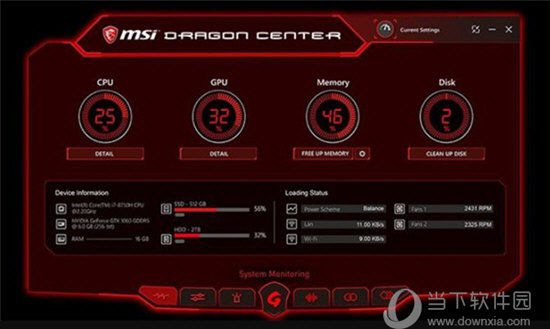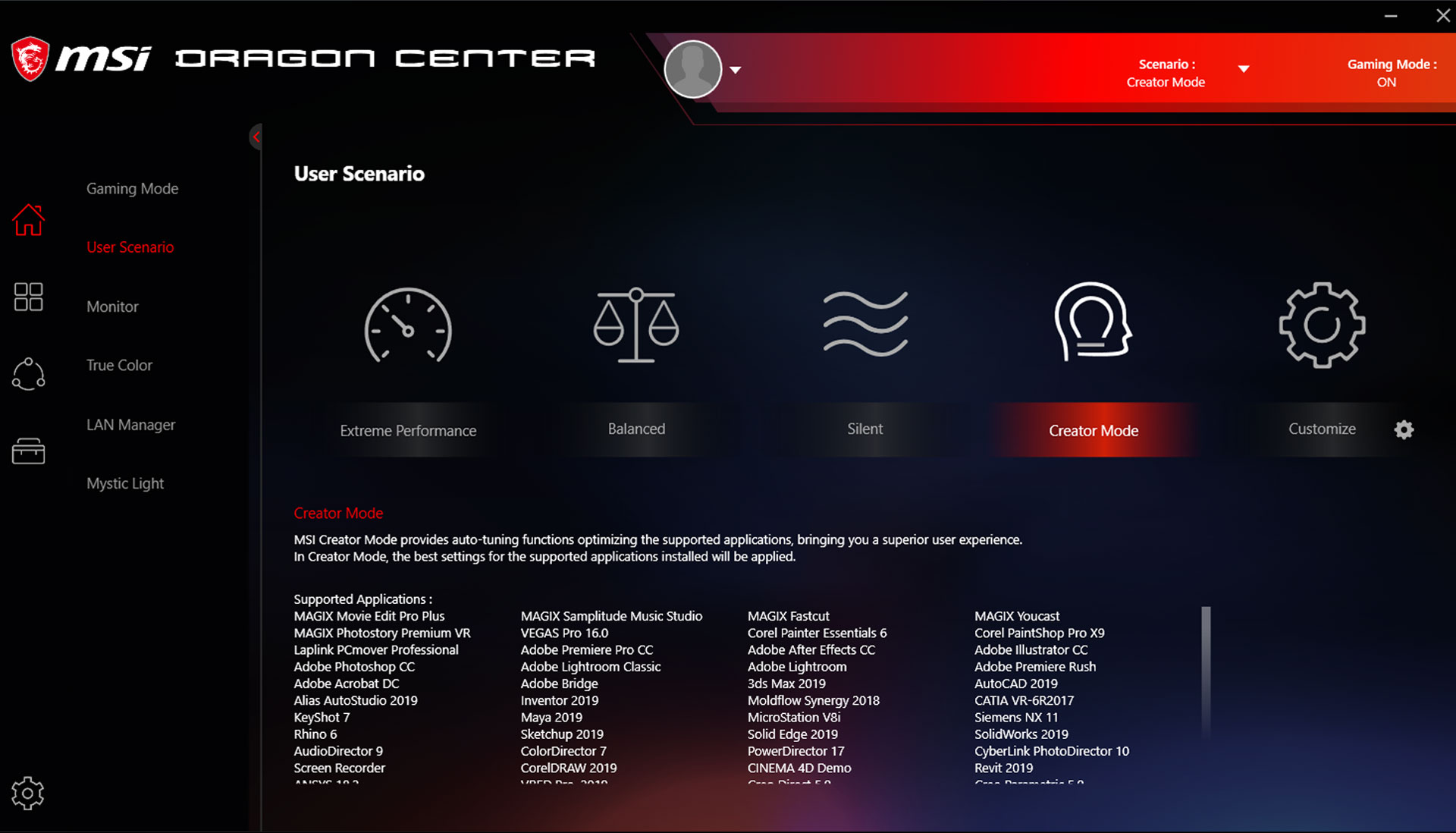


Military for explosive ordnance disposal and disarming improvised explosive devices. The (IED/EOD) TALON Carries sensors and a robotic manipulator, which is used by the U.S. The robot is controlled through a two-way radio or a Fiber-optic link from a portable or wearable Operator Control Unit (OCU) that provides continuous data and video feedback for precise vehicle positioning. Its cargo bay accommodates a variety of sensor payloads. It weighs less than 100 lb (45 kg) or 60 lb (27 kg) for the Reconnaissance version. It has an 8.5 hour battery life at normal operating speeds, 2 standard lead batteries providing 2 hours each and 1 optional Lithium Ion providing an additional 4.5 hours. It can run off lithium-ion batteries for a maximum of 7 days on standby independently before needing recharging.

Talon: The TALON transmits in color, black and white, infrared, and/or night vision to its operator, who may be up to 1,000 m away. type of explosive and/or explosive precursor component that the system is capable of detecting (metal, non-metal, radio controlled, etc.)Ī description of the characteristics includes:Īlso of concern are any hazard identifications, the impact of each system and/or technique on DOTMLPF-P, and acquisition recommendations.detection rate of explosives and/or explosive precursor components.They are used for standoff detection of explosives and explosive precursor components and defeating the Improvised Explosive Devices (IEDs) devices themselves as part of a broader counter-terrorism, counter-insurgency, or law enforcement effort.ĭetection techniques and specific systems with assessed Technological Readiness Levels (TRLs) are described by both capabilities and characteristics.Ī list of detection techniques and systems' capabilities include: Remote-control "Panama" Land Rover with ground-penetrating radar to detect IEDs followed by Mastiff with Choker mine rollersĬounter-IED equipment are created primarily for military and law enforcement.


 0 kommentar(er)
0 kommentar(er)
